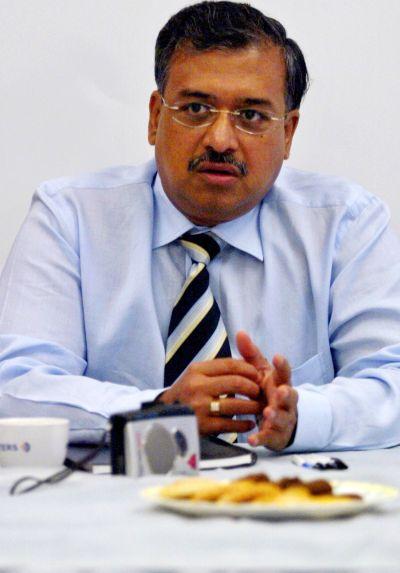
Ranbaxy's frequent run-ins with the US FDA may have proved too much for its previous owner, Japan's Daiichi Sankyo, but for Sun Pharma, it is an astute purchase that it hopes will not only boost its position in India but also globally.
When Sun Pharma announced earlier this month that it would acquire troubled drug maker Ranbaxy Laboratories from Daiichi Sankyo of Japan in a $3.2-billion all-stock deal, many observers had wondered if Dilip Shanghvi, the well-respected promoter of Sun Pharma, had thrown good money after bad money.
Ranbaxy has had its share of trouble with the United States Food & Drug Administration, or FDA; as a result, four of its Indian factories are barred from selling in the US, the world’s largest market.
Now, as the dust settles down, there is near unanimity of view that Shanghvi may have made a brilliant purchase.
...
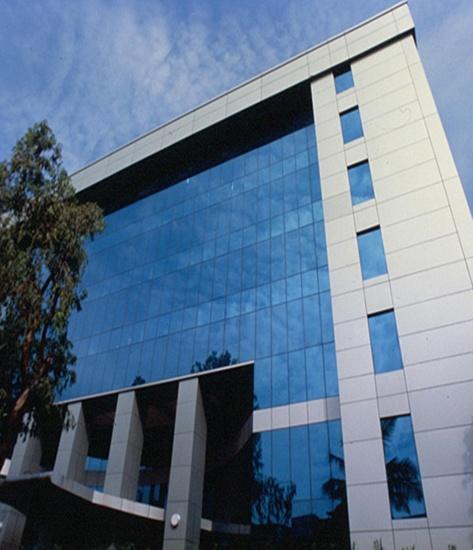
The acquisition offers Sun Pharma synergies to grow not only in the global market but also leadership in the Rs 85,000-crore (Rs 850 billion) Indian market.
At 19-20 per cent per annum, India happens to be one of the fastest growing markets in the world. And with lifestyle diseases on the rise, it’s believed to be moving up the value curve as well.
From the second position in India with a market share of 5.4 per cent, Sun Pharma will become the leader with a share of 9.2 per cent, ahead of US-based Abbott (6.5 per cent, it had acquired the domestic formulations business of Piramal Healthcare for $2.12 billion in 2010).
...
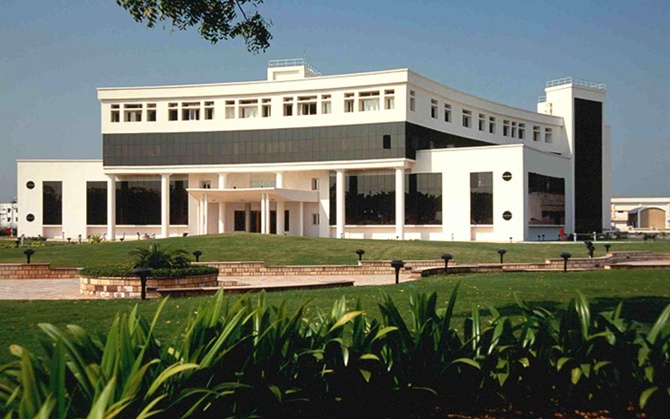
Sun Pharma and Ranbaxy will lead the Indian market in as many as 13 therapeutic categories.
Amongst the top 300 products, 31 will be from the stables of Sun Pharma and Ranbaxy.
Moreover, Sun Pharma will be able to leverage Ranbaxy’s strong presence in the rural markets to push its line of products into new areas.
Ranbaxy will give Sun Pharma a strong position in the over-the-counter (medicines can be sold without a doctor’s prescription) space with brands like Revital and Volini. The two brands together have an annual turnover of almost $80 million.
“If one uses a multiple of seven to arrive at their value (as was done when Abbott acquired the formulations business of Piramal Healthcare), these two alone are worth over $550 million,” a consultant who was engaged by a private equity fund to acquire Ranbaxy told Business Standard recently. Another fund and a US-based generics company too were eyeing Ranbaxy, the consultant had disclosed.
...

A fillip to global ambitions
The overseas business too will get a boost. In the US, the Sun Pharma-Ranbaxy combine will have an annual turnover of $2 billion, accounting for 47 per cent of its turnover.
It will have one of the largest portfolios of 629 abbreviated new drug applications (which seek to launch generic versions of patented medicine), of which 180 are pending approvals.
Experts say the partnership will boost Ranbaxy’s first-to-file opportunities, which give 180-day exclusivity to sell a medicine after it goes off patent. “Ranbaxy now finds a partner in Sun Pharma for the manufacture and launch of Diovan, Valcyte and Nexium.
The timely launch of these molecules could potentially add revenue of $400-500 million during the 180-day exclusivity from the US market. We expect the two companies to work together to ensure timely launches and believe the deal improves clarity on the monetisation of Ranbaxy’s first-to-file pipeline,” a report from Elara Capital says.
...
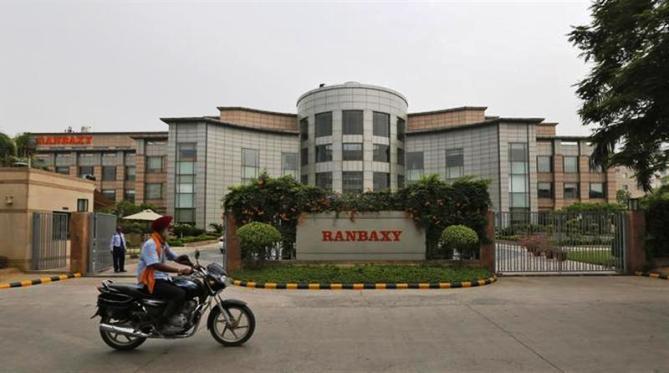
The unsuccessful suitor mentioned above discloses that Ranbaxy has a branded products business in the US, which is unaffected by the FDA alerts and is over $100 million in size. However, the real challenge for Shanghvi is to clear the FDA ban on the four Ranbaxy plants in India.
According to Sun Pharma Chairman Israel Makov, the company would have to do a lot of work to get FDA to revoke the ban, and that’s perhaps why it has not put any time-frame for this.
“We have to do a lot in the field to satisfy its requirements; once we do it, we will have the ban revoked,” Makov said in an interview to reporters earlier.
Within two months of Daiichi Sankyo’s acquisition of Ranbaxy for $4.6 billion in July 2008, FDA had issued an import alert on the Dewas and Paonta Sahib plants of the Indian company for violation of good manufacturing practices, which affected sales of 30 generic drugs in the US. In September last year, the import alert was extended to the Mohali plant. And this year it was the turn of the Toansa unit.
...
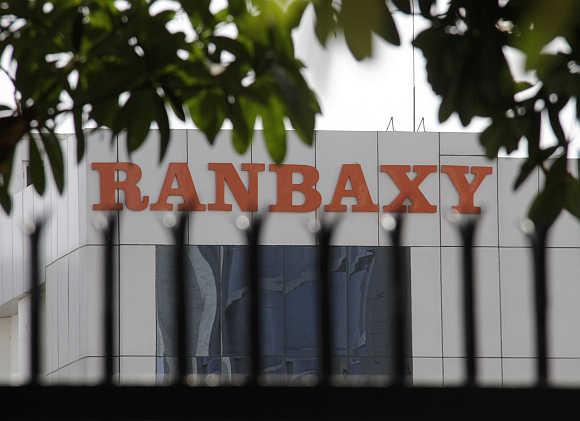
Fixing Ranbaxy’s woes
Industry experts are hopeful that Shanghvi will be able to turn around Ranbaxy and rectify these issues.
Bhavik Narsana, corporate partner, Khaitan & Co, says: “Sun Pharma has stressed on the importance of good manufacturing practice compliance as a top priority. Sun Pharma with its recent and past experience in handling FDA looks very well placed to turn the situation around for Ranbaxy.” (A Sun Pharma unit in Gujarat was banned from shipping its produce to the United States last month.)
At the moment, Sun Pharma earns 17 per cent of its revenue from outside India and the US; with Ranbaxy under its belt, this will rise to 31 per cent. The two will have operations in 65 countries with 47 manufacturing facilities across the globe.
...

The merged entity will benefit from economies of scale in procurement, manufacturing and marketing. Sun Pharma can use Ranbaxy’s production units to feed markets in Asia, Africa, Europe and South America.
Individually, they might be smaller than the US but collectively they are just as big. (Ranbaxy faces import alerts from no other country apart from the US.) Ranbaxy is particularly strong in South Africa, Brazil, Russia and Malaysia.
The acquisition gives Sun Pharma a foothold in these fast-growing markets. Also, with Daiichi Sankyo becoming a 9 per cent shareholder, Sun Pharma can access its pipeline of branded products.
...
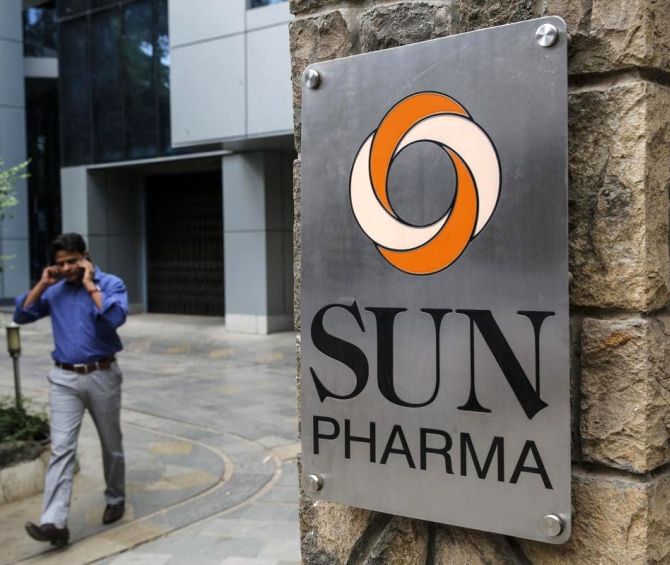
The combined entity will have revenues of $4.2 billion, says a report from Centrum Broking.
Ranjit Kapadia of Centrum Broking says: "We expect Sun Pharma to report consistent performance due to strong growth of its major brands in the domestic market and strong product pipeline for the US market. The merged entity will derive 31 per cent revenues from emerging markets of Russia, Romania, South Africa, Brazil and Malaysia.”
Shanghvi, the fourth-richest man in India, has earned a reputation as a turnaround man after he nursed two distressed companies he had purchased — Taro Pharma of Israel and US-based Caraco-back to health. If he can turn around Ranbaxy, this reputation will be further enhanced.
...
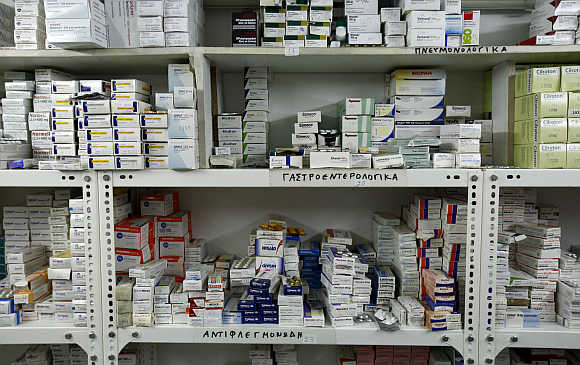
A win-win deal for Daiichi
According to experts, this is a win-win deal for both Sun Pharma and Ranbaxy. Even Daiichi Sankyo will gain.
“In this deal, where the shares are being swapped, the value is not a final one. Unlike a cash transaction, here the value of the 9 per cent stake offered to Daiichi Sankyo will increase very fast, given the great reputation of Sun Pharma,” says Sujay Shetty of PricewaterhouseCoopers. The Japanese drug maker will get a good exposure to Sun, which will become the fifth-largest global generic player, he adds.
"For Daiichi Sankyo, the merger is an opportunity to pursue new development in its hybrid business model through the new partnership with Sun Pharma," says a statement from the company when the deal was announced. Indeed, the purpose of its Ranbaxy acquisition was to create a hybrid model, which would give it patented as well as generic products in its portfolio.
There is a global movement towards generics and every patent-driven company wants a piece of the action. That model survives. At present, Daiichi Sankyo owns approximately 63.41 per cent of Ranbaxy.
...

Ranbaxy may get a makeover
The deal is expected to change the tarnished image of Ranbaxy, many experts feel. N Chandramouli, chief executive, Trust Research Advisory, a communications and media services provider, says: “Sun Pharma’s buyout of Ranbaxy is a clear sign of how effective management builds hope for a brand.
Ranbaxy was struggling with several issues simultaneously and seemed to be on the downhill. However, with Sun Pharma’s entry, the despondency has turned positive, especially since it was bought 40 per cent cheaper than Daiichi Sankyo’s price in 2008. Overall, this deal increases Sun Pharma’s trust quotient manifold.”
...

SUN-RISE
* 1983: Sun Pharma comes into existence with a basket of five psychiatry drugs and a facility in Vapi, Gujarat
* 1987: Expands to become a pan-India player
* 1994: It goes public
* 1996: Acquires an API plant from Knoll Pharma
* 1997: Buys stake in TDPL, MJ Pharma. First global buyout of US-based Caraco Pharma
* 1998: Acquires speciality brands from Natco Pharma
* 1999: Buys Milmet labs, Gujarat Lyka Organics
* 2000: Buys Pradeep Drug Company
* 2005: Buys plant in Ohio and business of ICN, Hungary from Valeant Pharma
* 2007: De-merges R&D business into new company, lists on stock exchanges
* 2010: Buys majority stake in Taro Pharma
* 2012: Buys Dusa Pharma and generic business of URL Pharma
* 2013: Becomes the first pharma scrip to cross Rs 1- lakh crore market-cap
* 2014: Acquires Ranbaxy Ltd for $3.2 billion